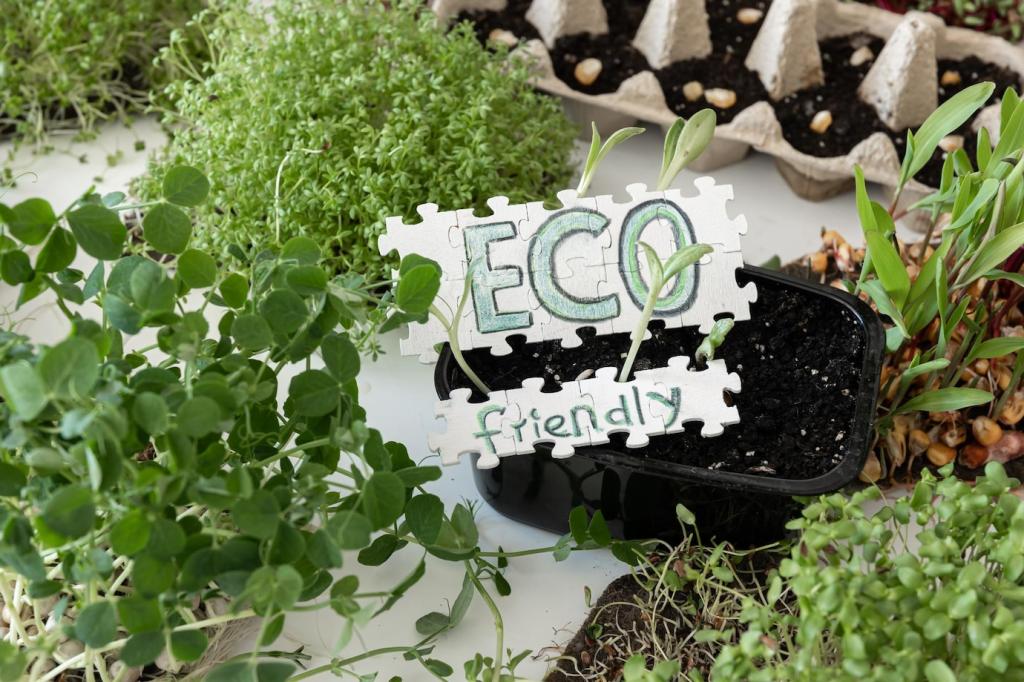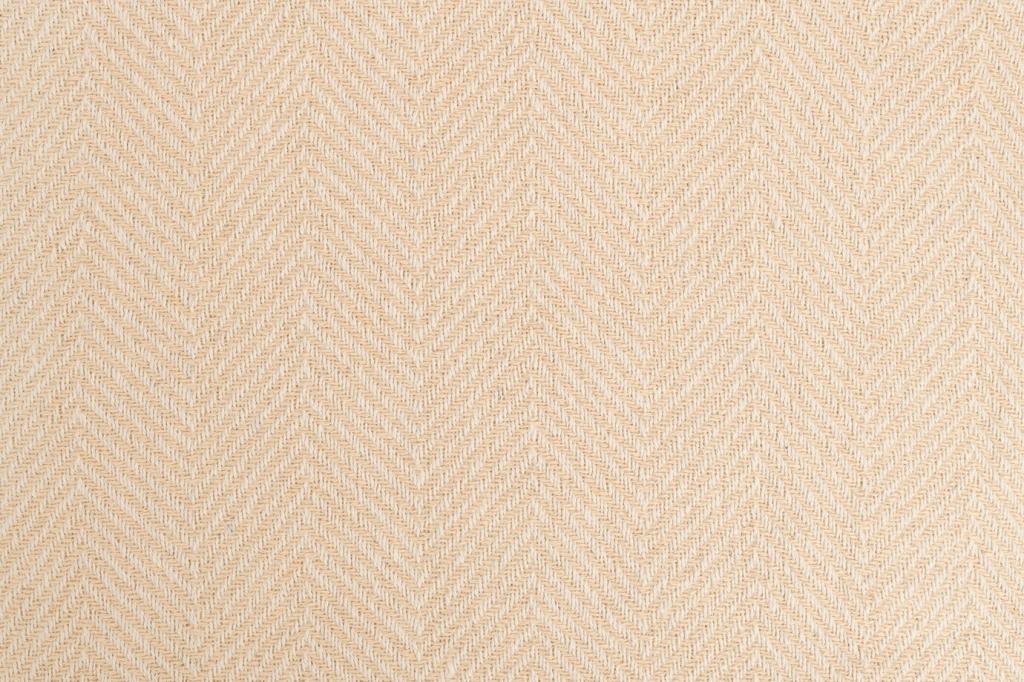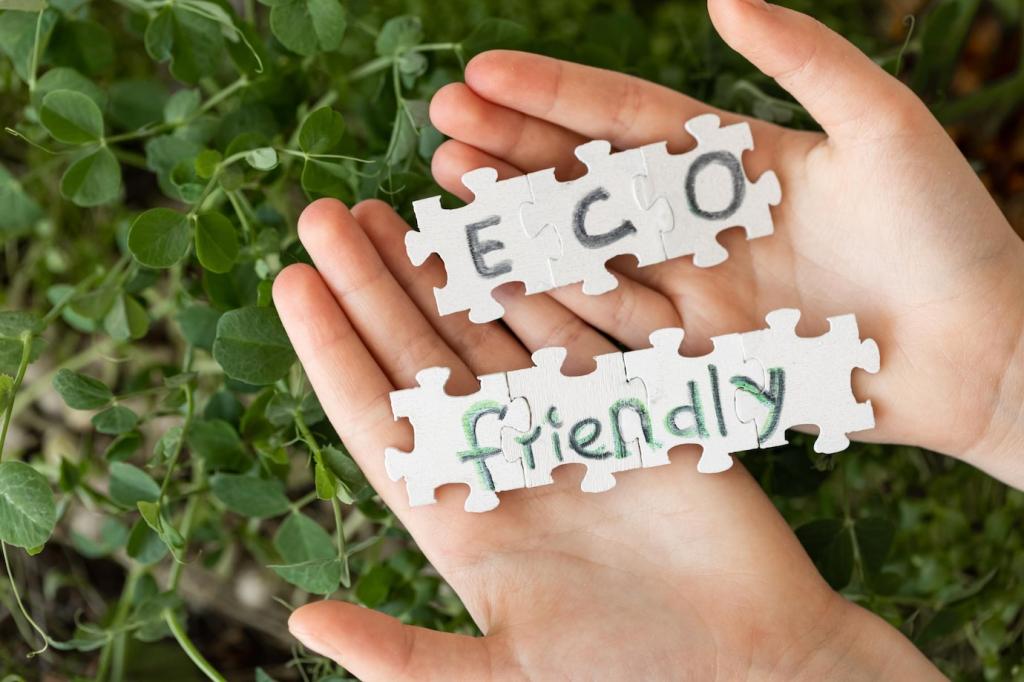Eco-Friendly Materials in Contemporary Landscaping
Chosen theme: Eco-Friendly Materials in Contemporary Landscaping. Step into a world where patios breathe, paths soak up rain, and every board, stone, and leaf honors the planet. Explore inspiring ideas, real stories, and practical choices you can make today. Subscribe and share your own eco-minded experiments—your yard could spark someone else’s next great idea.



Why Eco-Friendly Materials Matter Now
Choosing recycled aggregates, locally quarried stone, and low-impact finishes reduces transport emissions and resource extraction, while delivering lasting strength. Permeable surfaces keep stormwater onsite, easing city systems and nourishing plant roots. Tell us your sustainability goal—cooler patios, less runoff, or fewer replacements?
Why Eco-Friendly Materials Matter Now
Non-toxic wood treatments, VOC-free sealers, and dye-free mulches protect air quality and soil life. When we skip harsh chemicals, butterflies linger longer and dogs nap on safer decks. Which pet- and pollinator-friendly material have you tried this season? Share your wins and lessons learned.
Sourcing Sustainable Hardscape: Recycled, Reclaimed, and Regional
Crushed concrete and recycled glass can form stable, permeable bases or decorative inlays without sacrificing strength. Edges are tumbled smooth, glints stay subtle, and costs often drop. Ask suppliers for recycled content percentages, and tell us where you’ve found reliable, local sources worth bookmarking.
Living Materials: Soils, Mulches, and Plant Choices
Blending mature compost into sandy or compacted soils boosts structure, water-holding, and microbial life, reducing fertilizer needs. Test before amending so you add what’s missing, not guesswork. What compost source do you trust—municipal, farm, or backyard? Share your soil test surprises and happy plant outcomes.


Living Materials: Soils, Mulches, and Plant Choices
Shredded leaves and arborist wood chips insulate roots, suppress weeds, and return nutrients as they break down. Skip dyed mulches that add color but no biology. A four-inch layer can save countless watering cycles in heat waves. Which mulch kept your beds happiest through summer? Tell us.
Responsible Wood: Beauty without Burden
FSC-certified cedar and pine ensure forests are managed responsibly. Acetylated and thermally modified woods resist rot without heavy metal treatments, offering long service life outdoors. Ask vendors for certificates and warranties. Which species performs best in your climate? Share rain, sun, and freeze-thaw experiences.

Water‑Wise Surfaces and Paths
Open-joint pavers over a graded aggregate base let water flow downward while staying sturdy underfoot. Manufacturers now offer high recycled content options with elegant textures. Considering a retrofit? Tell us the spot that floods first after storms, and we’ll brainstorm an upgrade together.
Stabilizers bind fines so gravel paths stay smooth, drain freely, and remain wheelchair-friendly when installed correctly. They look natural without the mud. Choose local stone colors to blend with plantings. Have a favorite binder or gravel size? Share specs that worked in real weather, not brochures.
Turf-reinforcement grids spread vehicle loads, turning driveways into living, pervious surfaces. They lower heat buildup and add habitat edges. Soil prep matters—root depth is everything. Would you pilot a green apron or parking strip first? Post your plan; the community can help refine details.

Metals with Second Lives
Corten forms a protective rust layer that stabilizes when detailed to drain cleanly. Use gravel drip edges to avoid staining and celebrate warm tones against grasses. Where would a sculptural steel edge or planter make your garden glow at sunset? Sketch it and ask for feedback.
Metals with Second Lives
High-recycled aluminum edging is durable, flexible, and easy to reuse if layouts change. Powder coating avoids solvent-heavy paints while increasing longevity. Share your bend radius challenges and anchoring tricks—we’re building a collective guide to crisp curves and long-lasting bed lines.


Design for Disassembly and Ongoing Care
Use mechanical fasteners, reversible joints, and sand-set systems so paths, screens, and decks can move with family needs. When seasons change, materials get a second act. Which element would you make modular first—seating, planters, or lighting? Share ideas and we’ll brainstorm connections.

Design for Disassembly and Ongoing Care
A Saturday sweep of permeable joints, a spring oil of wood, a fall mulch refresh—small habits protect big investments. One reader’s routine cut water use noticeably. What is your monthly eco-care checklist? Post it to inspire others carving out gentle stewardship time.
